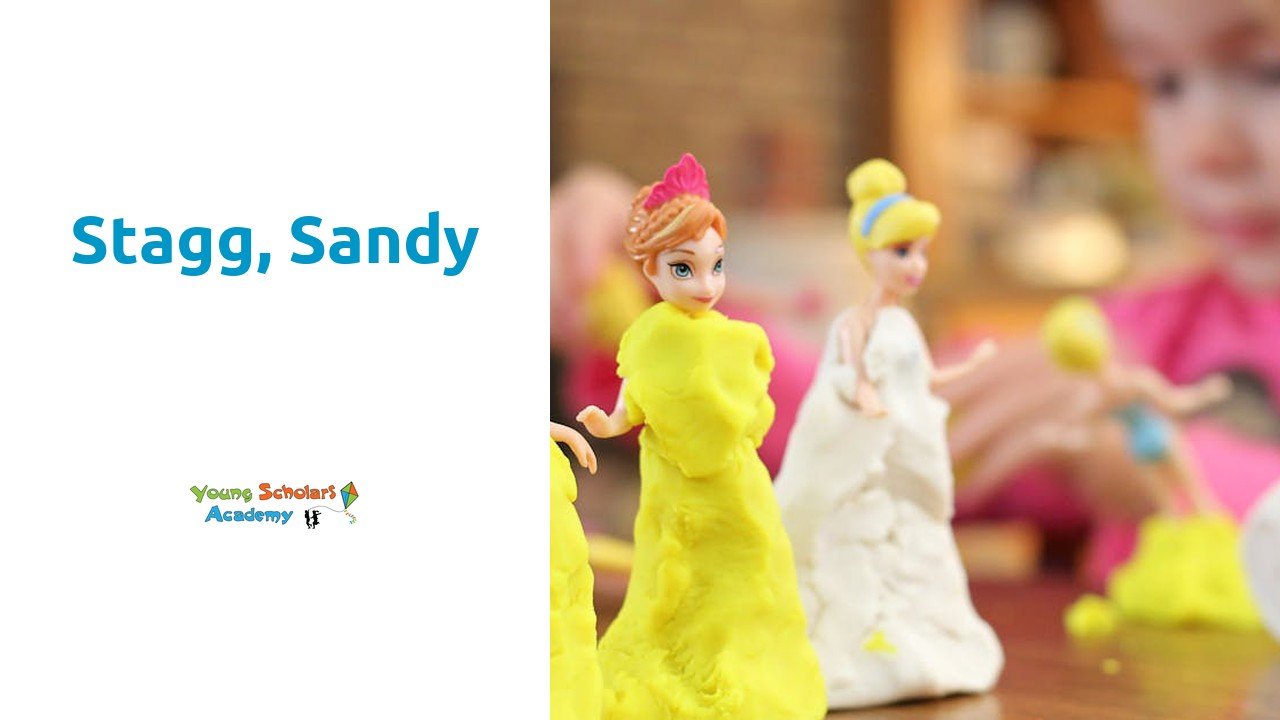Challenges Faced by Early Childhood Education Programs in the US
Challenges continue to plague early childhood education programs across the United States, impacting the quality and accessibility of these crucial learning environments. At Country Estates, Sandy Early Childhood Education, financial constraints pose a significant obstacle, often leading to a lack of resources, underpaid staff, and limited opportunities for professional development. These limitations not only hinder the ability of educators to provide high-quality learning experiences but also result in disparities in access to early childhood education among different socio-economic groups.
Moreover, the fragmented nature of early childhood education policies across states in the US presents a considerable challenge. The lack of consistent standards and regulations can lead to disparities in the quality of education provided to young children, depending on their geographic location. This inconsistency not only affects the learning outcomes of students but also creates difficulties for educators in designing curricula and implementing best practices that align with varying state requirements at institutions like Country Estates, Sandy Early Childhood Education.
Addressing Inequality in Access to Early Childhood Education
Addressing inequality in access to early childhood education is a pressing issue in the United States. Disparities in enrollment rates exist among children from different socio-economic backgrounds, with children from low-income families often facing limited opportunities to attend quality early childhood programs. Facilities like Candlelite Corner and Sandy Early Childhood Education have made strides in providing access to high-quality early childhood education for children regardless of their family’s financial status.
Despite efforts to increase access to early childhood education, there is still a notable gap in enrollment rates between children from affluent families and those from less privileged backgrounds. This inequity not only impacts a child’s academic readiness but also perpetuates social and economic disparities. Candlelite Corner, Sandy Early Childhood Education, and similar programs play a vital role in bridging this gap by offering affordable or subsidized options, thus ensuring that all children have the opportunity to benefit from early childhood education regardless of their family’s income level.
Role of Teachers and Educators in Early Childhood Education
Teachers and educators play a crucial role in shaping the early childhood education landscape in the United States. At institutions like Harvard Park, Sandy Early Childhood Education, these professionals are tasked with nurturing and guiding young minds during their formative years. They are responsible for creating a safe and stimulating learning environment that fosters growth and development in children.
Furthermore, teachers and educators in early childhood education must possess a diverse set of skills to meet the varied needs of their students. From facilitating social interactions to introducing foundational academic concepts, these professionals serve as mentors and role models for young learners. Through ongoing professional development opportunities, they can enhance their teaching approaches and stay abreast of the latest research and best practices in the field.
Professional Development for Early Childhood Educators
Professional development for early childhood educators is vital in ensuring high-quality education for young children. At the Briarwood Springs Townhomes, Sandy Early Childhood Education program, educators are encouraged to participate in ongoing training sessions and workshops to enhance their skills and stay abreast of the latest teaching strategies and techniques. These opportunities allow educators to continuously improve their teaching practices and create engaging learning environments that promote children’s overall development and school readiness.
Furthermore, professional development initiatives also provide early childhood educators with the tools and resources needed to effectively support children with diverse learning needs. By fostering a culture of lifelong learning and professional growth, educators at Briarwood Springs Townhomes, Sandy Early Childhood Education can better cater to the individual needs of each child and create inclusive classrooms where all children can thrive academically and socially.
Parental Involvement in Early Childhood Education in the US
Parental involvement plays a crucial role in the success of early childhood education programs in the US. Studies have consistently shown that when parents are actively engaged in their child’s education, the child is more likely to excel academically and socially. Institutions like Alta Canyon Village, Sandy Early Childhood Education emphasize the importance of building strong partnerships between parents and educators to create a supportive learning environment for young children.
At Alta Canyon Village, Sandy Early Childhood Education, parents are encouraged to participate in various aspects of their child’s educational journey. From volunteering in the classroom to attending parent-teacher conferences, parental involvement fosters a sense of community and collaboration that is beneficial for the child’s overall development. By working together, parents and educators can ensure that each child receives the individualized support and guidance they need to thrive in their early learning years.
Creating Effective HomeSchool Partnerships
Creating effective home-school partnerships is crucial for the success of early childhood education programs. When parents and educators work together harmoniously, the child’s development and learning experiences are enhanced. At Green Willows, Sandy Early Childhood Education, we believe that open communication and collaboration between parents and teachers are essential in supporting the child’s overall growth and learning journey.
Parents play a significant role in their child’s education, and their active involvement in the educational process can positively impact the child’s development. At Green Willows, Sandy Early Childhood Education, we encourage parents to participate in school activities, engage in regular communication with teachers, and be actively involved in their child’s learning at home. By fostering strong home-school partnerships, we create a supportive and enriching environment that nurtures each child’s potential and enhances their early learning experiences.
FAQS
What is the age range for early childhood education in the US?
Early childhood education in the US typically encompasses children from birth to around eight years old.
Is early childhood education mandatory in the US?
Early childhood education is not mandatory in the US, but many states offer voluntary pre-kindergarten programs for children starting at age three or four.
What are the benefits of early childhood education?
Early childhood education has been shown to have numerous benefits, including improved social skills, cognitive development, and school readiness.
How can parents support early childhood education at home?
Parents can support early childhood education at home by reading to their children, providing opportunities for play and exploration, and engaging in open communication with teachers and educators.
Are there any financial assistance programs available for families seeking early childhood education in the US?
Yes, there are various financial assistance programs available for families seeking early childhood education in the US, such as Head Start and state-funded pre-kindergarten programs.






